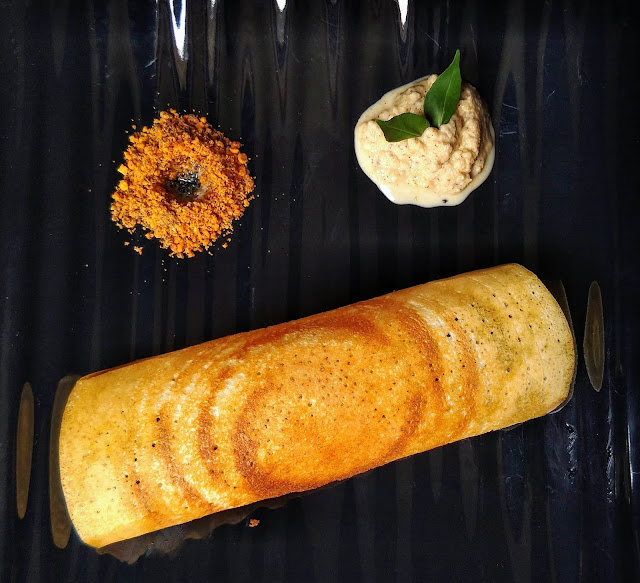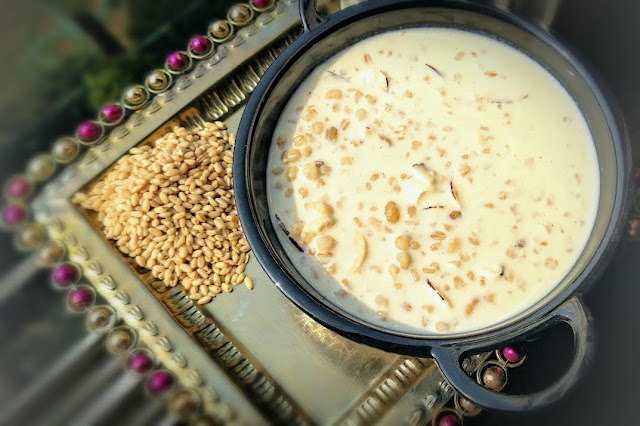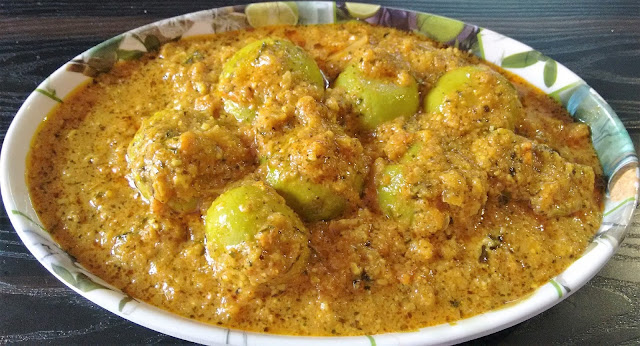Perfect Idli / Dosa Batter
Can you guess the name of that Indian breakfast dish which is a hit and comes from south? Yes! I am talking about the famous idlis.
Idlis are light and healthy, easy to prepare and good for all age groups. On the contrary, dosas are crisp and require oil or ghee to make you fall in love with them. I love my dosa a little thick, crisp and made with desi ghee. How do you like yours?
As you know that am a person who is more inclined to make things from scratch, I am a bit uncomfortable with the idea of buying idli/dosa batter from a store.
Many western states of our country also have small shops selling such batter freshly ground. However, I am muddled as to how freshly ground batter reaps idlis. Where did the fermentation part disappear? After some inquiry and search, I found that these batters have yeast which makes your idlis soft but I rest assured they cannot taste like the authentic ones.
Fermentation of batter is an integral part of many South Indian dishes. It is considered to be healthy as well. I insist upon home chefs to put in a little extra effort for your family's health and make the batter at home.
Here is the easy, no fail, tried and tested heirloom recipe for idli/dosa batter.
Ingredients
Rice - There is a big question mark for the choice of correct rice for perfect idli/dosa batter. I solve your doubt here. The best rice is parboiled/ boiled rice. But if you don't find them then just buy sona masuri rice. They are perfect for it. It is medium grain rice. You can easily find it in any grocery store or order it online.
Dal - Second ingredient to make the batter is the dal. Yes, you guessed it right. It's Urad dal dhuli. White in colour.
Methi seeds - Just a teaspoon while soaking the dal. Adding methi seeds (methidana) gives dosa its golden color and aids in fermentation.
The perfect Rice and Dal ratio
The batter is a combination of soaked and fermented ground rice and dal but the perfect ratio make white and soft idlis and crisp dosas.
The rice and dal ratio for idli batter I prefer to use is 2.25: 1
It is 2.25 cups of rice and 1 cup of dal.
The rice and dal ratio for Dosa batter I prefer to use is 3:1
It is 3cups of rice and 1cup of dal + 1tsp methidana.
Procedure
Tips for fermentation during winter - Keep the batter in a warm place or you may also cover the batter vessel with a warm blanket. This is what our granny used to do. Another way to keep the fermentation process is to preheat your oven to 200C. Now, switch off the oven. Place your batter in a covered vessel into the oven. Let it rest. This trick works for me.
Do not over mix the fermented batter. Just add little salt and mix it gently.
Click here to get the link for two types of chutneys that can be served with Idli or Dosa
Coconut Chutney
Peanut Chutney
Once the batter is ready, steam your idlis or make Dosa on a cast iron tawa. Using iron tawa gives best results. Serve with Sambar and chutney.
I hope that you find this post useful and fun. Use these tips and make a lovely breakfast/lunch/dinner and serve your family a platter full of health.
Please write to me for sharing your experience.
Till then,
Stay Happy Stay Healthy!
Methi seeds - Just a teaspoon while soaking the dal. Adding methi seeds (methidana) gives dosa its golden color and aids in fermentation.
The perfect Rice and Dal ratio
The batter is a combination of soaked and fermented ground rice and dal but the perfect ratio make white and soft idlis and crisp dosas.
The rice and dal ratio for idli batter I prefer to use is 2.25: 1
It is 2.25 cups of rice and 1 cup of dal.
The rice and dal ratio for Dosa batter I prefer to use is 3:1
It is 3cups of rice and 1cup of dal + 1tsp methidana.
Procedure
- Soaking If you plan to make Idlis/Dosas for dinner, then soak the rice and dal separately a night before (at least 5 -6 hours). For Dosa, soak methi seeds along with dal.
- Grinding Next day morning grind them separately. Grind dal to a fine paste and rice to about 85% fine rava like texture. Use as less water as you can to grind. More water will make runny batter and poor idlis.
Dosa batter is little more runny than idli batter.
- Fermentation Mix both ground paste and keep it in a large vessel. A well-fermented batter will rise double to the quantity of original batter. Batter fermentation takes 7-8 hours in summer and longer during winter. Look at the picture how the batter has swollen up after fermentation. Also, notice to bubbles.
Do not over mix the fermented batter. Just add little salt and mix it gently.
Click here to get the link for two types of chutneys that can be served with Idli or Dosa
Coconut Chutney
Peanut Chutney
Once the batter is ready, steam your idlis or make Dosa on a cast iron tawa. Using iron tawa gives best results. Serve with Sambar and chutney.
I hope that you find this post useful and fun. Use these tips and make a lovely breakfast/lunch/dinner and serve your family a platter full of health.
Please write to me for sharing your experience.
Till then,
Stay Happy Stay Healthy!







Comments
Post a Comment